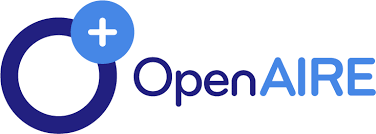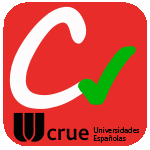Izenburua
Characterisation of accessibility guidelines for digital technologiesArgitalpen data
2025Bertsioa
PostprintaDokumentu-mota
ArtikuluaArtikuluaHizkuntza
IngelesaEskubideak
© 2025 SpringerSarbidea
Sarbide bahituaBahituraren amaiera data
2026-04-30Argitaratzailearen bertsioa
https://doi.org/10.1007/s10209-025-01214-6Non argitaratua
Universal Access in the Information Society Argitaratzailea
Springer NatureGako-hitzak
accessibility
Inclusive design
digital technologies
Systematic literature review (SLR) ... [+]
Inclusive design
digital technologies
Systematic literature review (SLR) ... [+]
accessibility
Inclusive design
digital technologies
Systematic literature review (SLR)
Digital inclusion
User-centred design
ODS 10 Reducción de las desigualdades [-]
Inclusive design
digital technologies
Systematic literature review (SLR)
Digital inclusion
User-centred design
ODS 10 Reducción de las desigualdades [-]
Laburpena
In contemporary society, technological advances play a crucial role in daily life. Digital inclusion is essential to ensure that the maximum number of people benefit from the opportunities these techn ... [+]
In contemporary society, technological advances play a crucial role in daily life. Digital inclusion is essential to ensure that the maximum number of people benefit from the opportunities these technologies offer. However, this inclusion is not universally guaranteed, as technology can either act as a barrier or a facilitator depending on its design. This study aims to identify the characteristics of accessibility recommendations for digital technologies through a systematic literature review. Analysing 32 peer-reviewed articles, we identified 596 accessibility guidelines across various technologies, including ICT, Web/apps, immersive, robotics, and artificial intelligence. The findings highlight significant differences in accessibility recommendations between established and emerging technologies. Established technologies, such as ICT and Web/apps, often rely on widely recognized guidelines like WCAG, ADA, and Sect. 508, while emerging technologies tend to adopt user-centred design approaches. This difference underscores the need for more robust and specific accessibility guidelines tailored to the unique challenges posed by each technology. The results identify research gaps and propose future lines of study to enhance accessibility in the rapidly evolving technological landscape. We anticipate that this contribution will lead to the development of more accessible technological solutions, thereby promoting digital inclusion for everyone. [-]




















